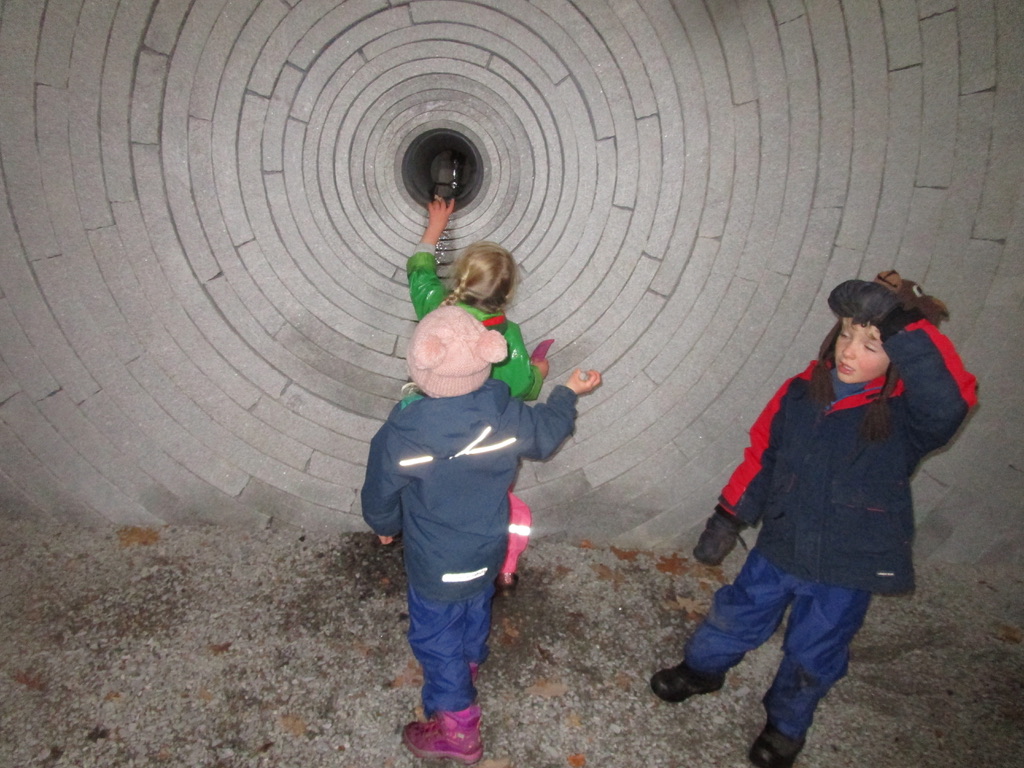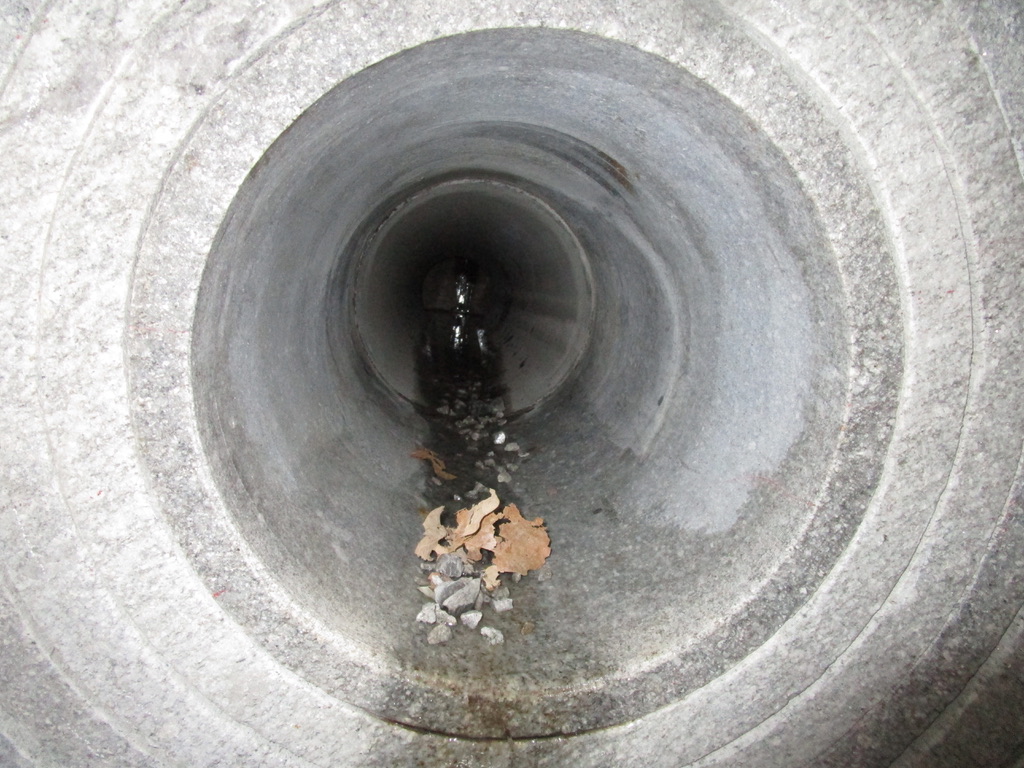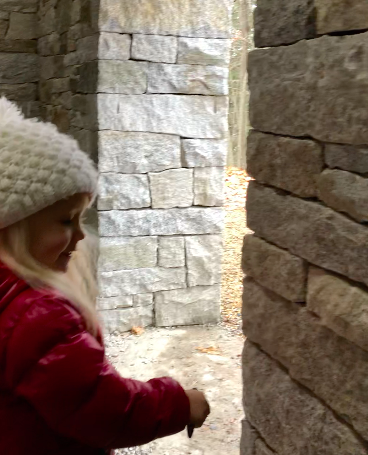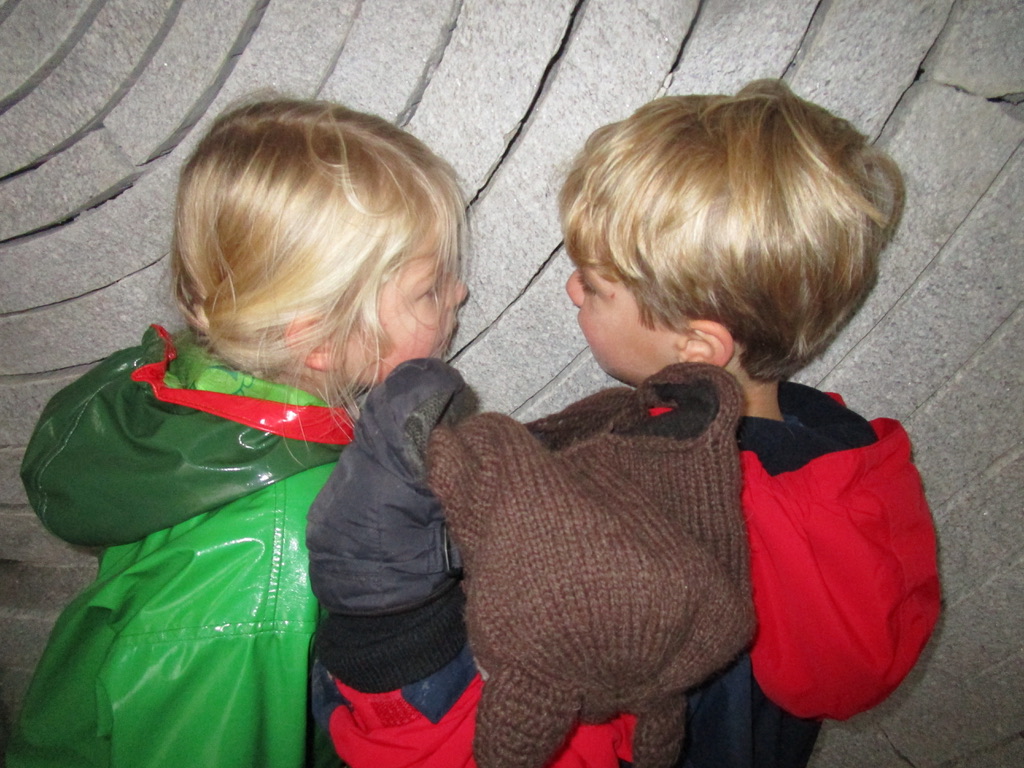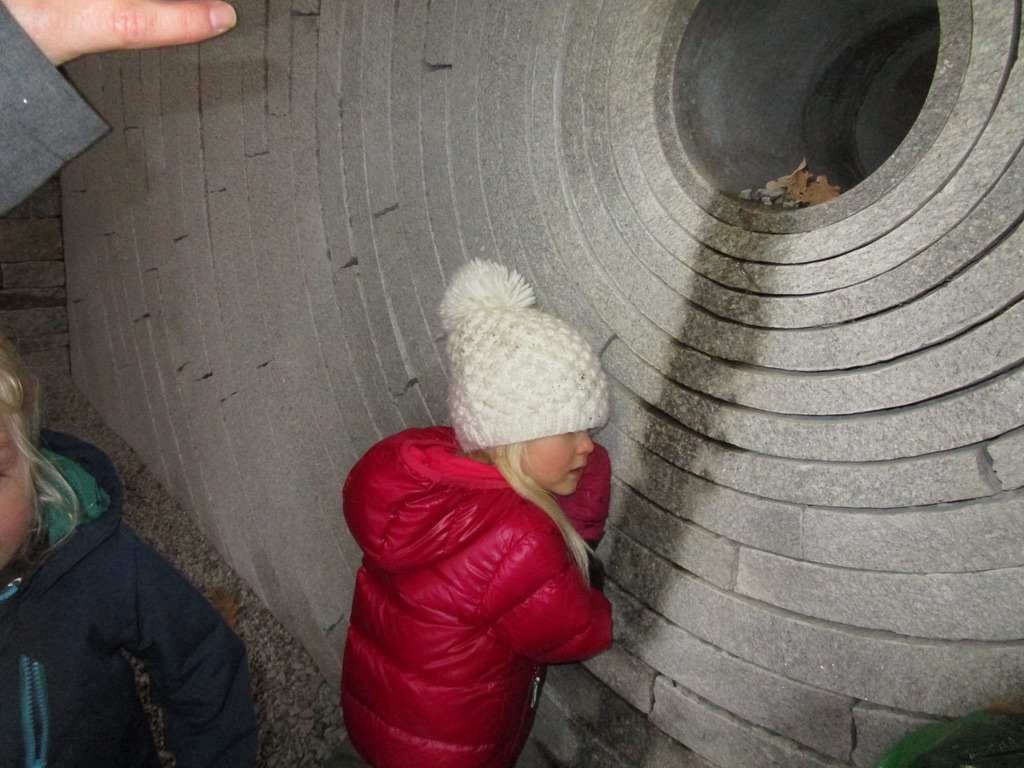Last week we took a walk to see Andy Goldsworthy’s Watershed exhibit. It was lightly raining when we left the school, but on our journey the rain poured down on us. We arrived at Watershed, where we found shelter and benches!



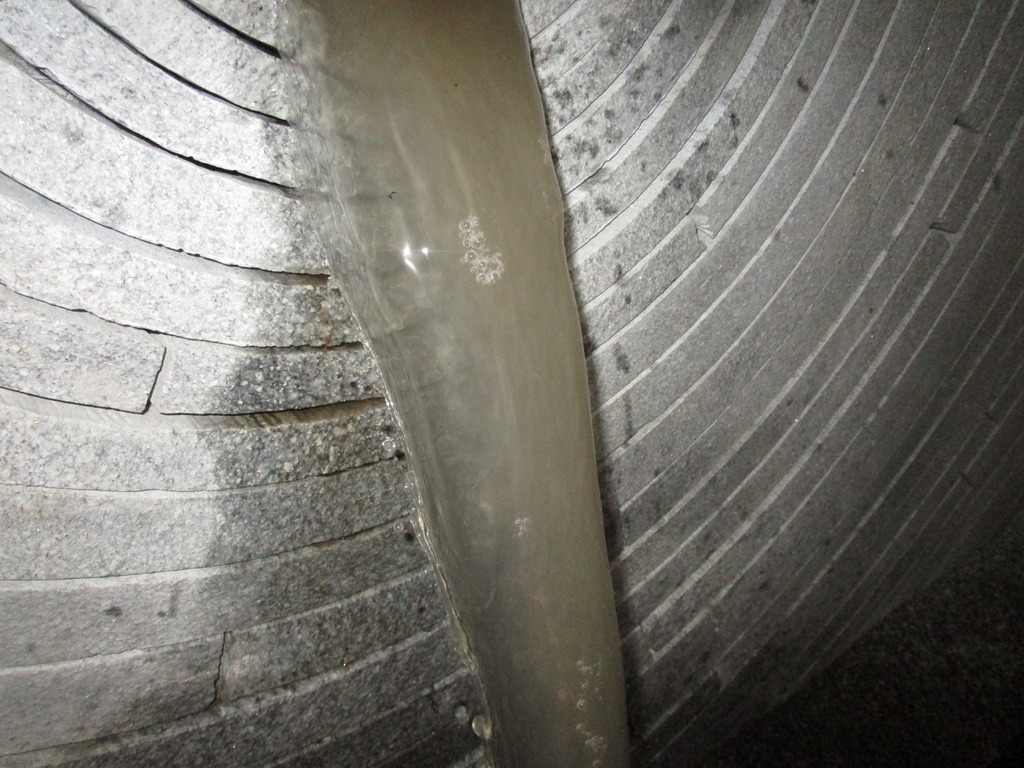
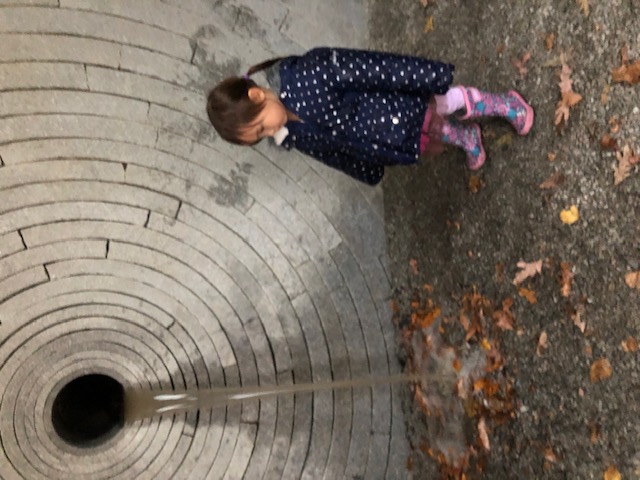
That’s called a waterfall? That would be bad news if you went in there! Makenna
It’s all dark in there. I can’t see. Suki
Karen turns on the flashlight on her phone, and shines it into the hole.
It’s a big funnel. Makenna
Every time it has a drip of mud it goes down the pipe. Suki
I think there is a hole in the earth. Charlie looks at the water going into the ground.
Maybe they made a big hole with a screwdriver?
If you drop your phone in there you will have uncommunicables! Ellie
I think it’s taking the ocean water and coming out. Makenna
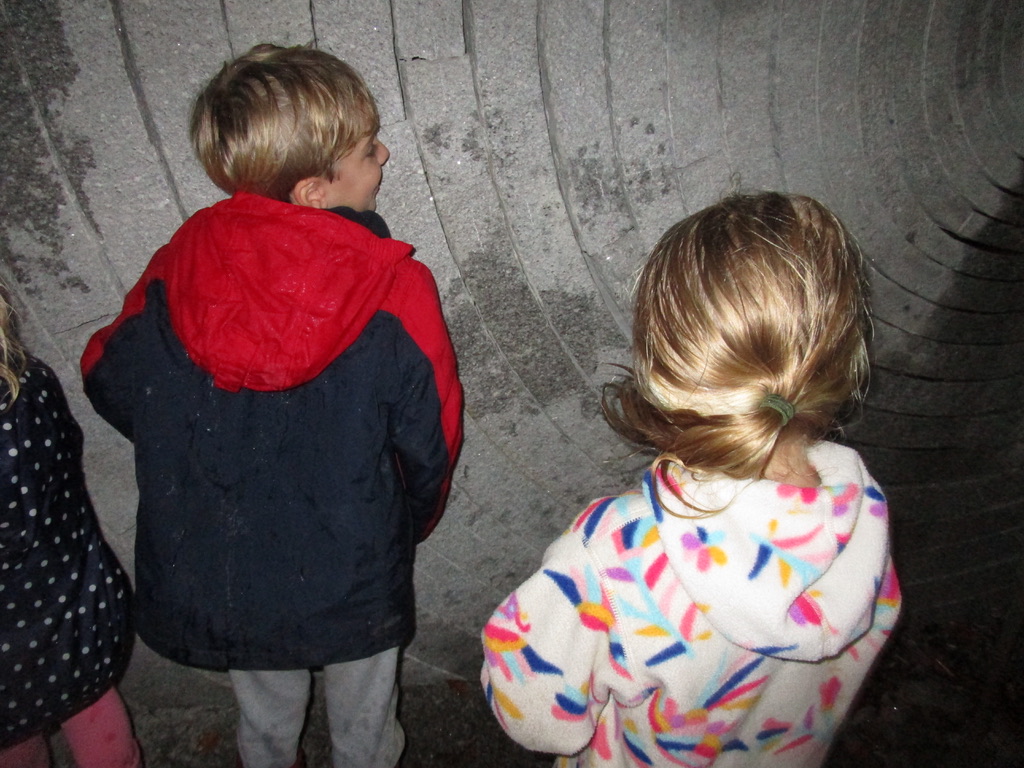
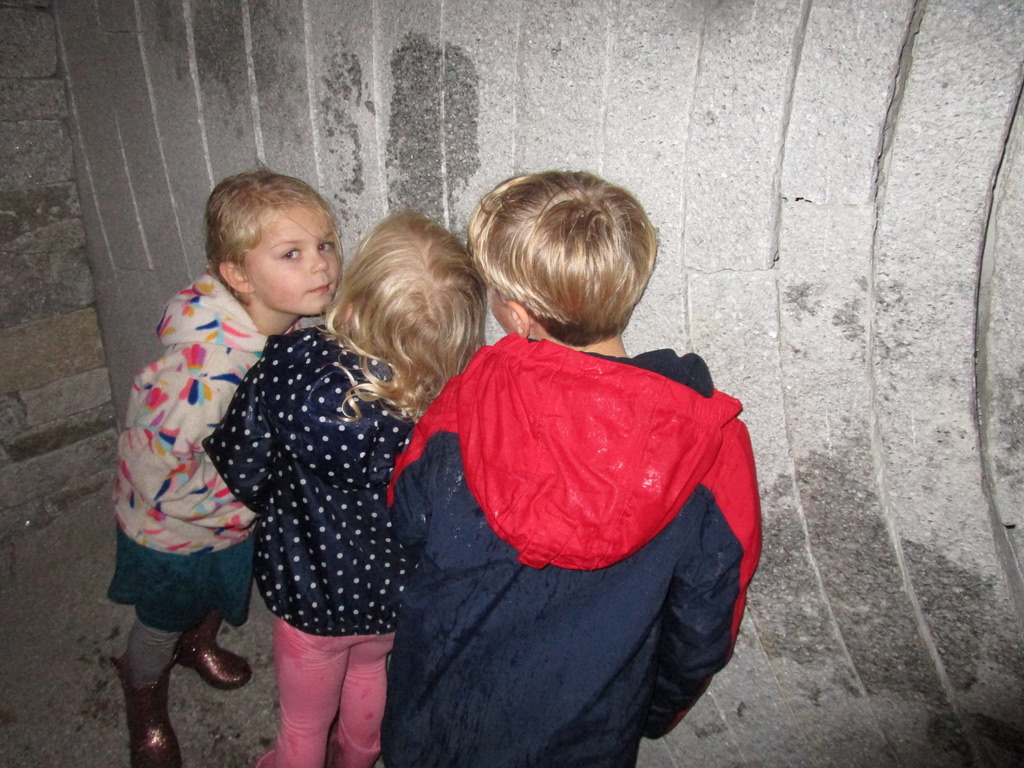
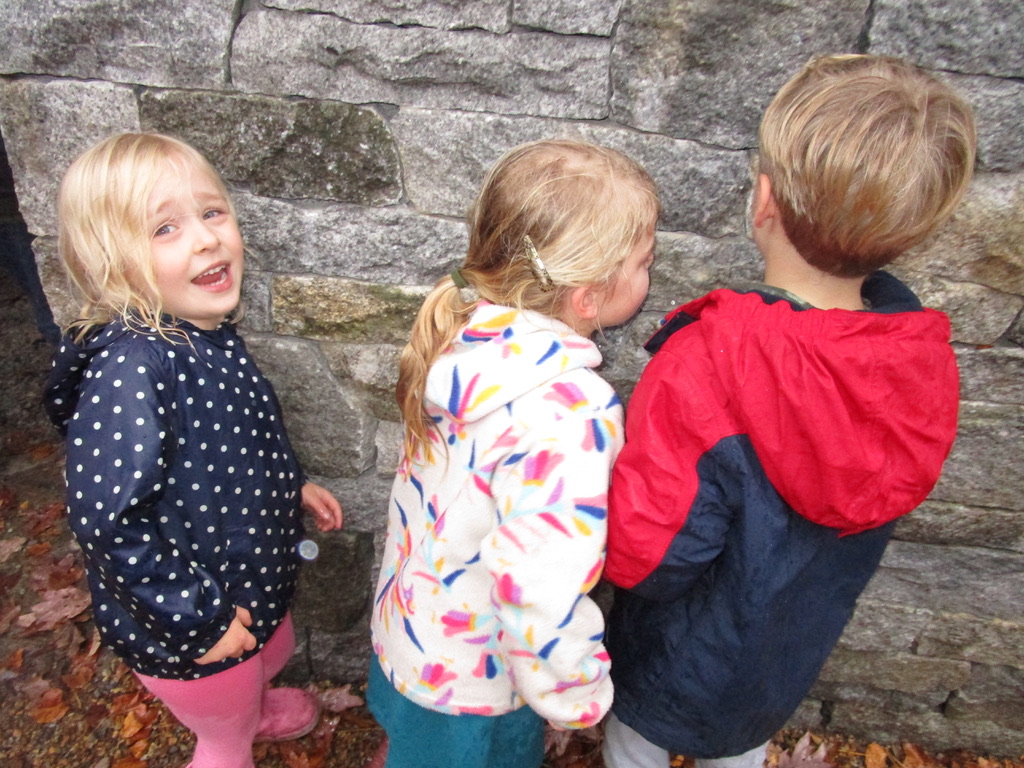
Charlie suggests that maybe we can hear the water coming, if we press our ears against the wall. We listen to the wall inside and outside the watershed.
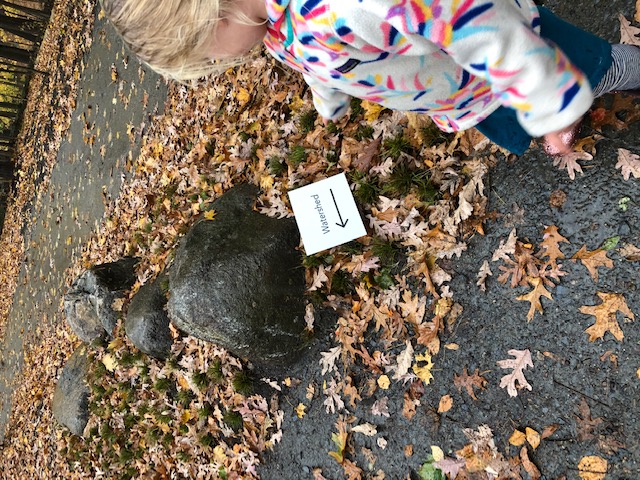
On the walk back to school, Ellie notices the drain in front of the museum.
Maybe that drains goes to it’s creation!
We wonder….

Our Second Trip to Watershed
This week we returned to Watershed. Before leaving the studio we looked at some of the photos from our previous visit and tell Lily what we saw.
We went to the Waterhouse…It’s called Watershed – Ellie
I got soaked from the rain. There was water, it’s yuk, brown – Charlie
All of our class, when we came there (Studio Yellow), we saw it, the Watershed, but it was stopped. The water was stopped. – Makenna
When we (Studio Purple) went it was stopped. When it rains it goes, when it’s not raining it doesn’t go. – Charlie
The water, it goes when it’s raining, it takes all the ocean water. When it’s not raining it puts the ocean water back in the ocean. – Makenna. She continues…Can I tell you something cool about trash, it’s about when you garbage it, the glass and metal, a special truck comes and makes it new again, also the truck comes and makes it new again and the truck delivers it to the store and people can buy it again.
And the special words are reduce, reuse and recycle – Ellie
We return to our conversation about Watershed
Maybe it goes inside the Watershed and goes around, so it connects to the earth and then to the shed. – Ellie
It goes into there (the drain) and down into the pipe and into the Watershed. – Charlie.
It was cold on Tuesday and we had just seen the first snowflakes of the season. As we bundled up we wondered what Watershed might look like today
I think it’s freezing on ice! – Makenna
We decide to take a different path We arrive at the sculpture of ‘Eve’,Charlie makes a suggestion. Let’s be statues! Everybody joins Charlie and sits very still.
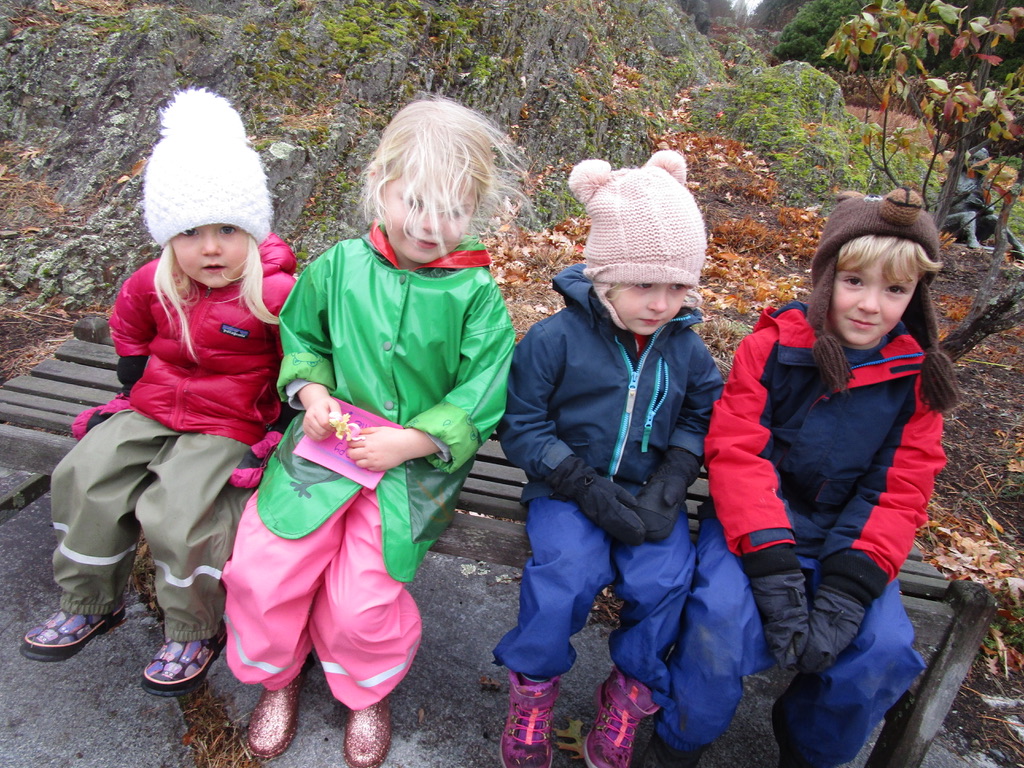
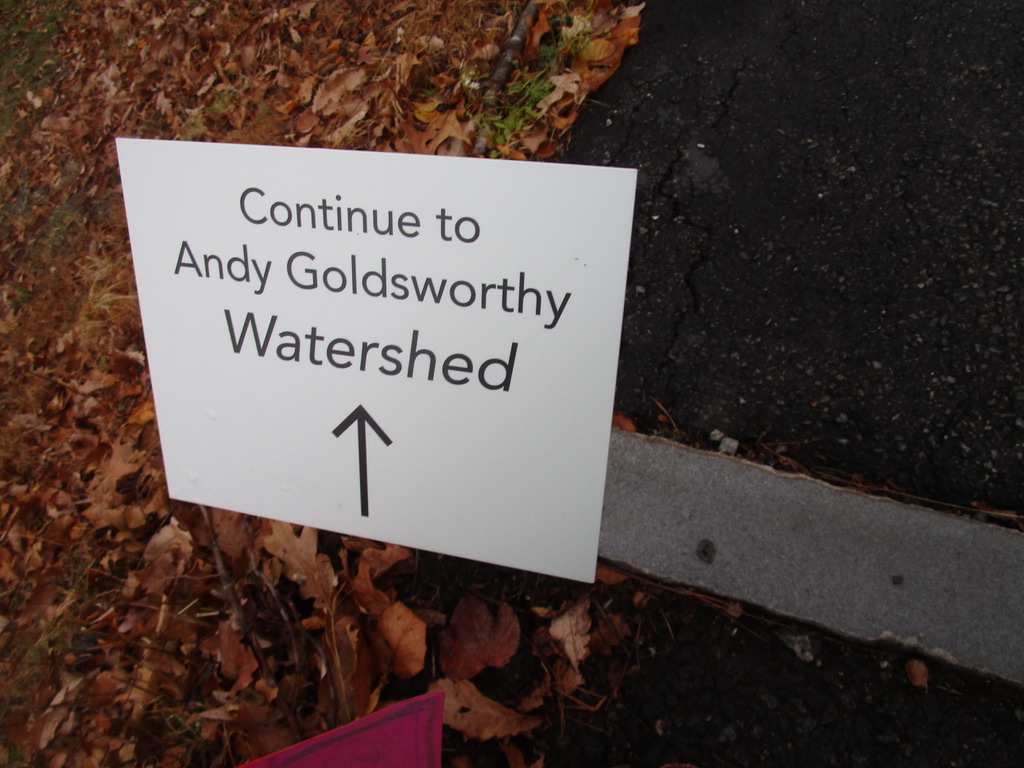
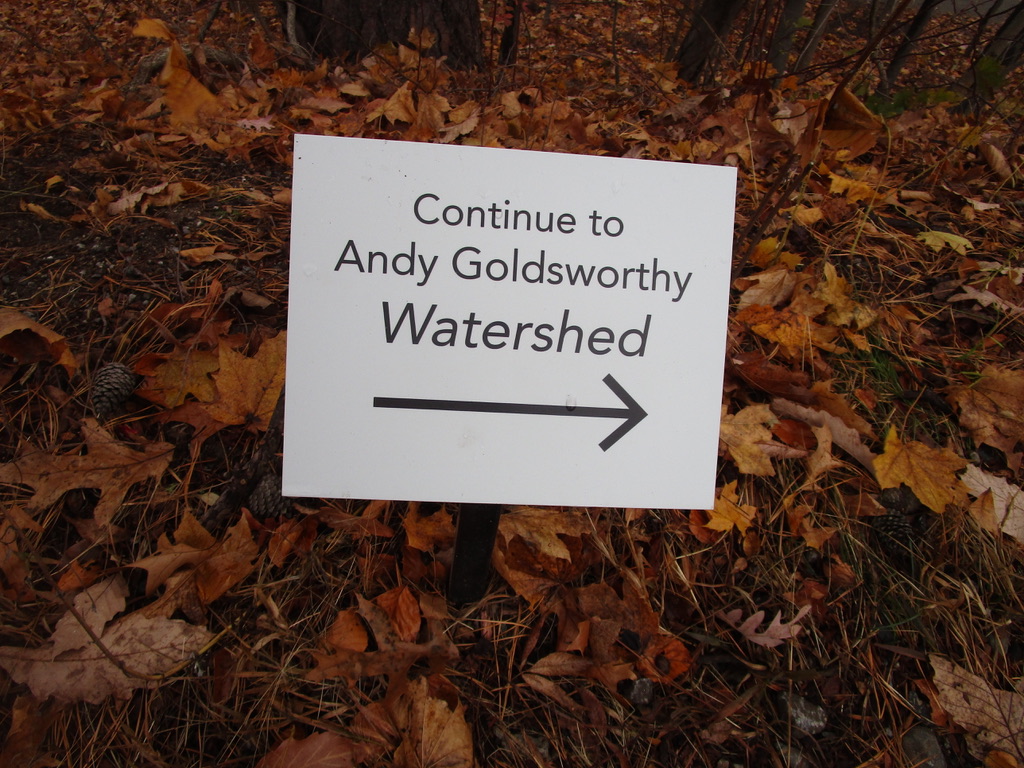
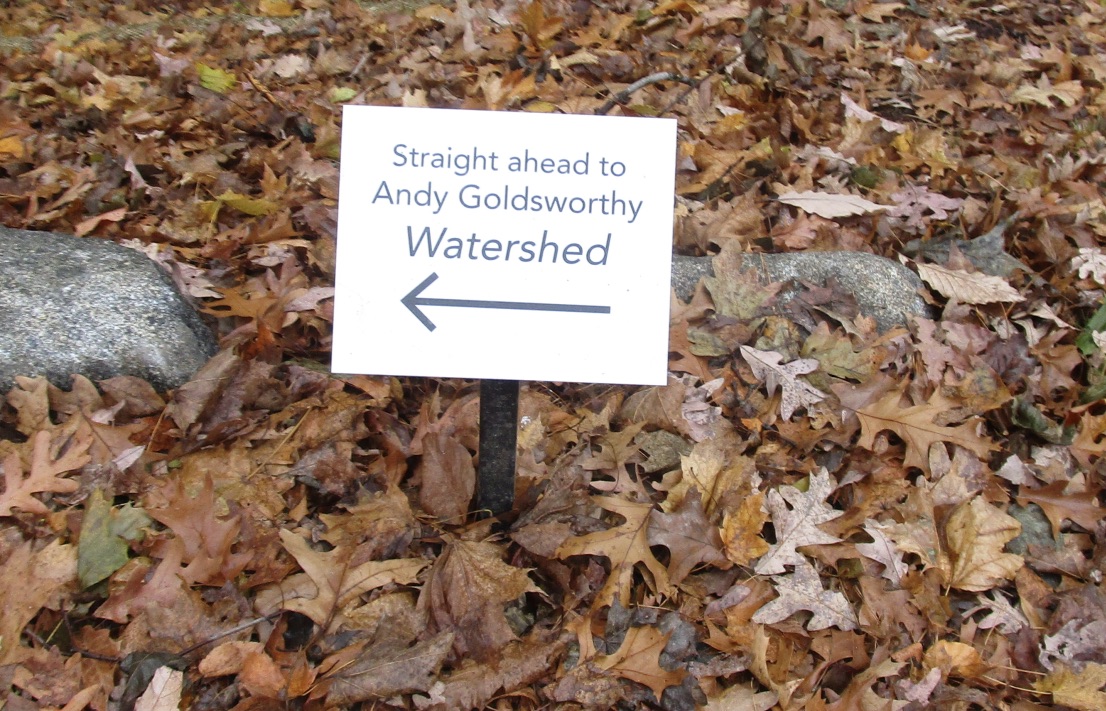
We follow the signs and notice the direction of the arrows. We approach from above and notice a drain on the road. We clamber up the rocks to the upper parking lot and find a second drain.
I think that, I think that when it is puddling like that it is going to Watershed! – Makenna
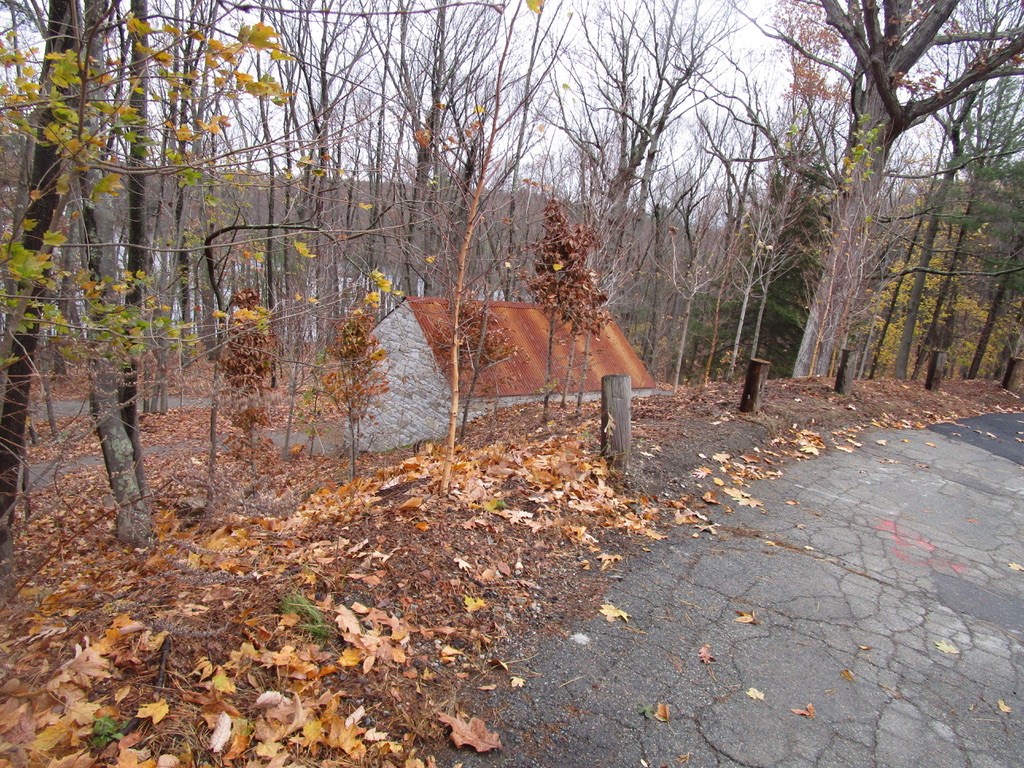
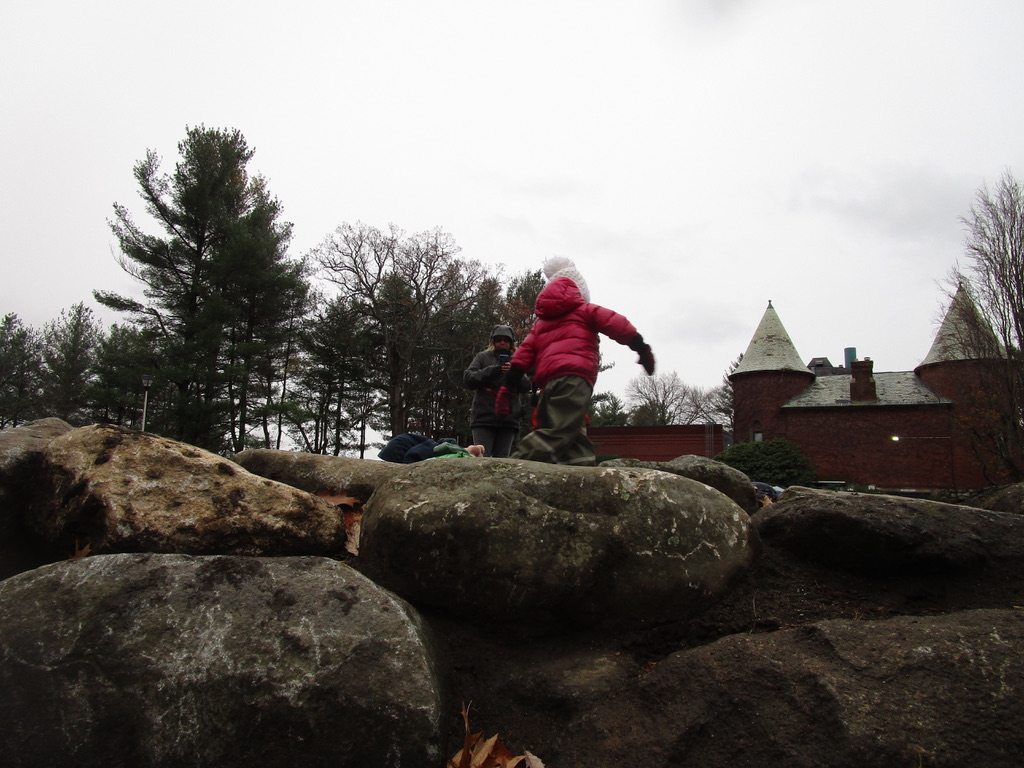
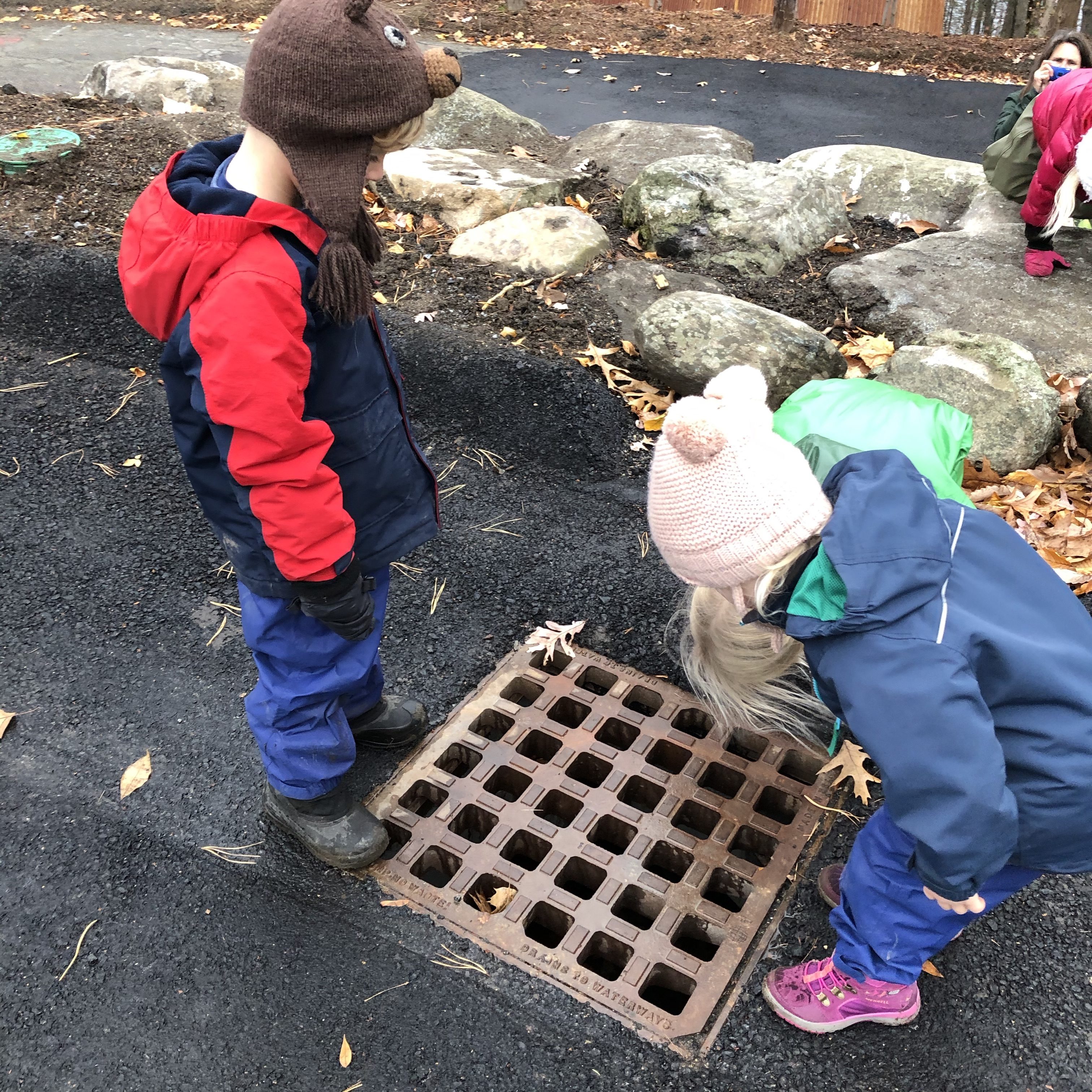
When we arrive at Watershed there is almost no water coming out, nor is it ice. With the flashlight we can see the reflection of water at the end of the pipe. Charlie suggests that we try listening through the wall again. I hear a bump bump! Ellie
